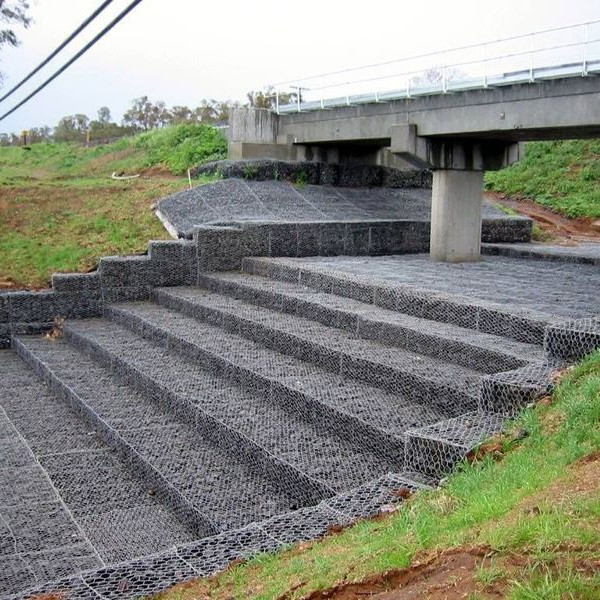നവം . 10, 2024 19:35 Back to list
Durable Gabion Retaining Wall Materials for Enhanced Structural Integrity and Aesthetic Appeal
High-Quality Gabion Retaining Wall Materials A Comprehensive Guide
Gabion retaining walls are a popular choice for both landscape design and structural engineering due to their durability, versatility, and aesthetic appeal. Made from wire mesh boxes filled with stones, these structures provide effective erosion control, improve drainage, and offer a natural look that can blend seamlessly with various environments. However, the quality of materials used in constructing gabion walls significantly influences their performance and longevity. This article explores the essential components and characteristics of high-quality gabion retaining wall materials.
Wire Mesh
The foundation of any gabion wall lies in its wire mesh. High-quality gabion cages are typically made from galvanized or PVC-coated steel wire. Galvanization involves coating the steel in a layer of zinc, which protects it from corrosion and rust, extending its lifespan significantly. The gauge of the wire should be sufficient to withstand harsh weather conditions and the weight of the stones. Generally, a wire thickness of at least 2.7 mm is recommended for durability. Additionally, the mesh should have welds that are strong and stable, ensuring that the structure can hold its shape under pressure.
Stones
The stones used in gabion walls are not merely filler; they play a crucial role in the wall’s stability and aesthetic appeal. High-quality stones should be hard, durable, and of a uniform size to facilitate effective stacking. Common choices include granite, limestone, and river rock, as these materials are resistant to weathering and provide excellent drainage. When selecting stones, it is crucial to consider their angularity; rough-edged stones lock together more effectively than smooth stones, enhancing the overall stability of the wall. A mix of sizes can also be beneficial, as larger stones provide structure, while smaller stones fill gaps to prevent movement.
high quality gabion retaining wall materials

Drainage Systems
Incorporating proper drainage is critical in gabion wall construction to prevent water accumulation, which could undermine the structure's integrity. High-quality gabion systems should include drainage holes or pipes to channel water away from the wall. Materials such as geotextiles can also be employed to allow water to pass through while preventing soil erosion. This ensures that the gabion wall remains stable and effective over time, reducing the risk of failure due to hydrostatic pressure.
Installation Techniques
Even the best materials can underperform if not installed correctly. It is essential to follow precise engineering guidelines and best practices during the installation of gabion retaining walls. This includes ensuring proper alignment, leveling, and securing the gabion cages to prevent shifting. A well-designed base, often made from compacted gravel or similar materials, is necessary to provide stability and prevent sinking. During installation, it is also essential to check that the wire mesh is properly secured and that the stones are packed tightly without excessive gaps.
Conclusion
In summary, high-quality gabion retaining wall materials are vital for creating a durable and visually appealing structure. By selecting the right wire mesh, stones, drainage systems, and adhering to best installation practices, property owners and engineers can ensure that their gabion walls serve their intended purpose for years to come. Whether used in residential landscaping, road construction, or environmental restoration projects, gabion retaining walls offer a sustainable and effective solution that can stand the test of time. Investing in quality materials is not just a choice; it is a commitment to building a resilient future.
-
Understanding Load-Bearing Capacity of Gabion Boxes
NewsJul.17,2025
-
The Importance of Corrosion-Resistant Wire in Gabion Construction
NewsJul.17,2025
-
How Gabion Boxes Prevent Soil Erosion Effectively
NewsJul.17,2025
-
Environmental Benefits of Gabion Cages
NewsJul.17,2025
-
Best Stone Types for Gabion Walls with Steps
NewsJul.17,2025
-
Benefits of Using Rock Gabion Baskets in Landscaping
NewsJul.17,2025
-
The Role of Galvanized Gabion Mesh in Riverbank Protection
NewsJun.26,2025






